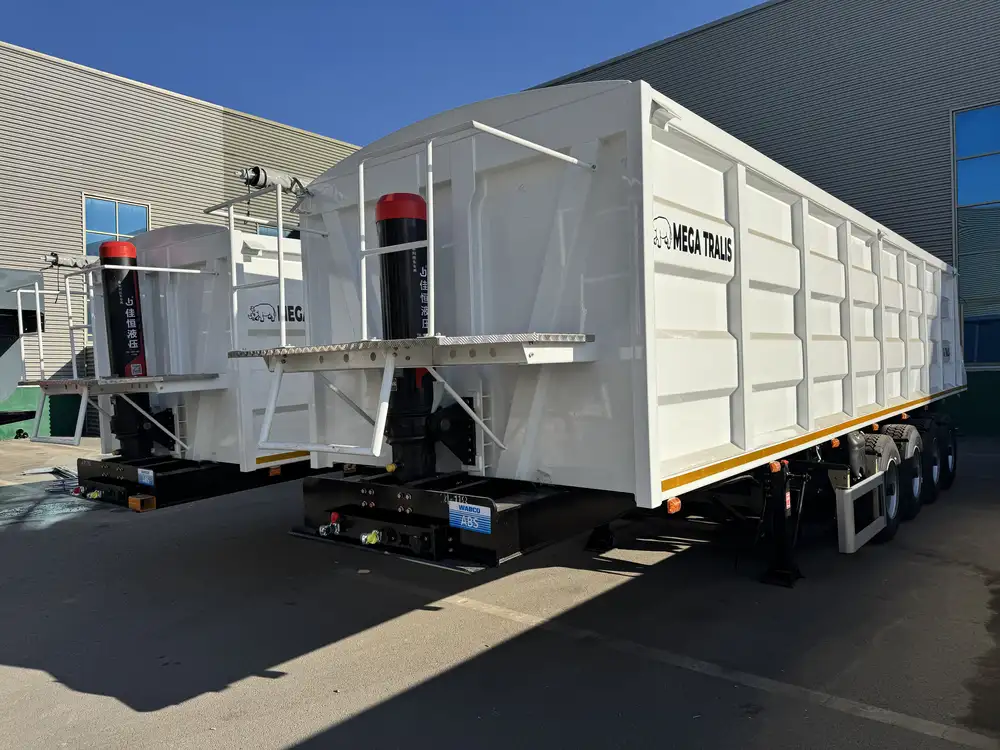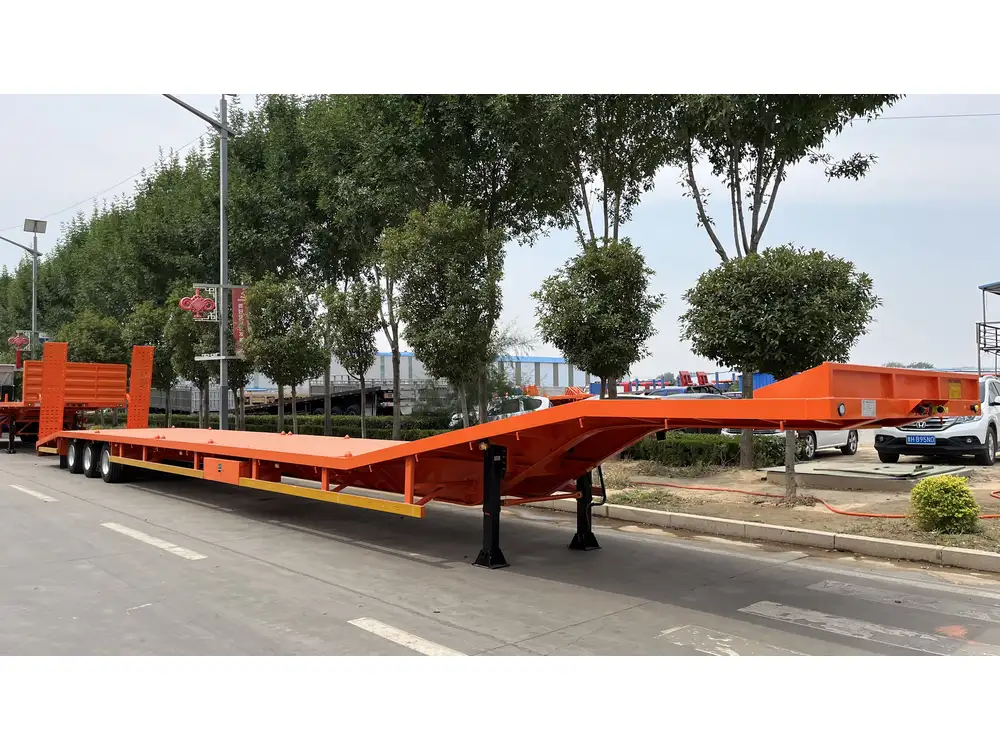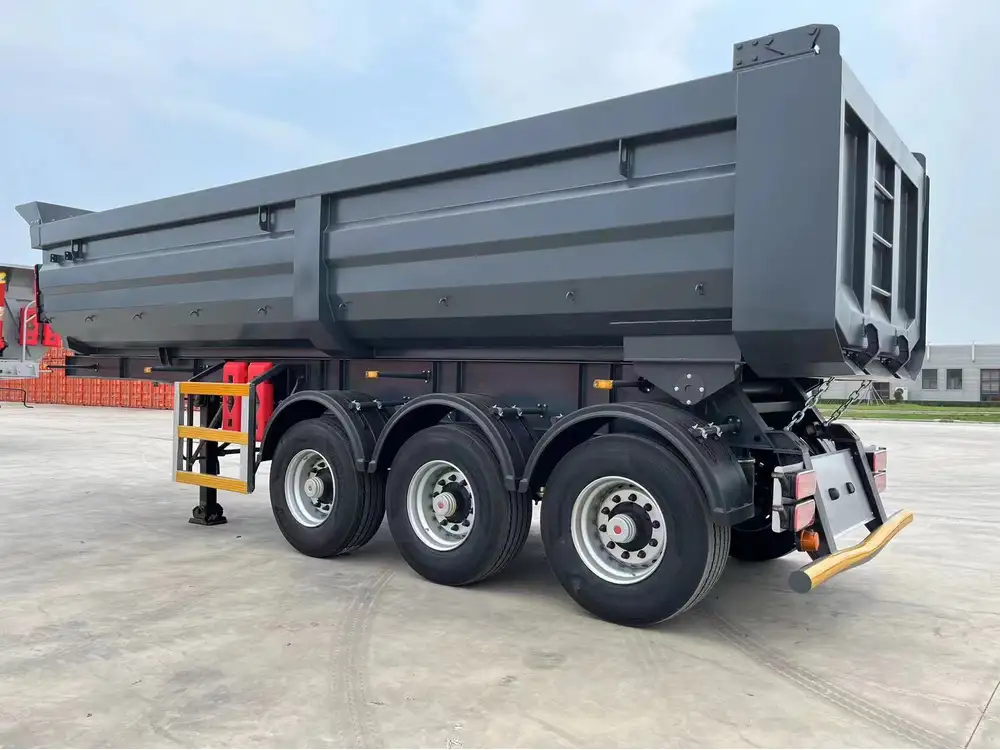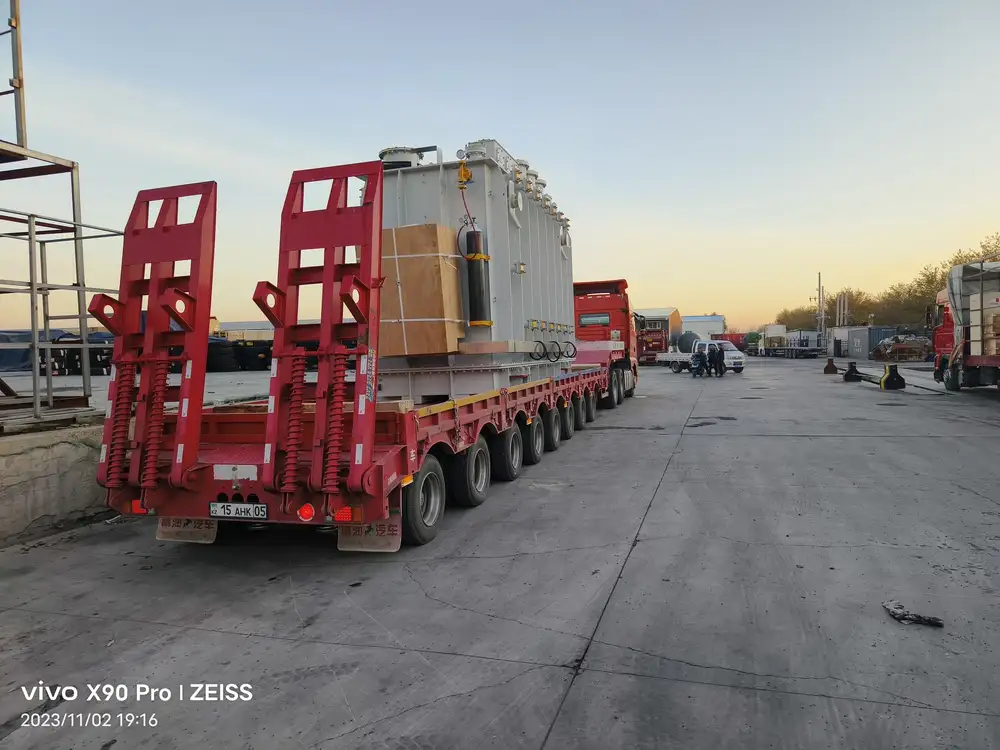In the world of transportation, semi-trucks play a pivotal role in logistics, delivering goods across vast distances. Given their critical function, it’s vital to understand their specifications, particularly their width, which can have significant implications for safety, efficiency, and regulatory compliance.
Standard Dimensions of Semi-Trucks
Semi-Truck Width Specifications
The standard width of a semi-truck can vary slightly based on the make and model, but generally, most semi-trucks, including the tractor and trailer combined, adhere to specific regulations.
| Description | Measurement (in feet) | Measurement (in inches) |
|---|---|---|
| Standard Width | 8.5 | 102 |
| Maximum Legal Width | 8.5 | 102 |
This 102 inches (or 8.5 feet) is the maximum overall width allowed on public roads under federal regulations. Exceeding this width can result in fines and complicated logistics regarding permits.

Trailer Widths
Different types of trailers, such as flatbeds, reefers (refrigerated trailers), and others, usually follow the same width requirements.
| Trailer Type | Standard Width (in inches) |
|---|---|
| Flatbed | 102 |
| Reefer (Refrigerated) | 102 |
| Dry Van | 102 |
Importance of Width Specifications
Understanding semi-truck widths is crucial for various stakeholders in the transportation industry, including manufacturers, logistics companies, truck drivers, and regulatory agencies. These dimensions directly affect cargo capacity, fuel efficiency, and road safety.
Factors Influencing Semi-Truck Width

1. Regulatory Compliance
Regulations set by the Federal Motor Carrier Safety Administration (FMCSA) dictate the maximum width allowable for commercial trucks in the United States. These regulations ensure road safety and establish uniformity in vehicle specifications across different states.
2. Intended Usage
The width of a semi-truck can also be influenced by its intended usage. For instance, trucks designed for specific cargo types, such as oversized freight, may need wider trailers. However, they often require special permits to operate legally.
3. Vehicle Type
Different vehicle types may have varying dimensions. Here’s a brief overview:
| Vehicle Type | Average Dimensions (WxL) |
|---|---|
| Standard Tractor | 8.5 ft x 20 to 25 ft long |
| Flatbed Trailer | 8.5 ft x 48 to 53 ft long |
| Lowboy Trailer | 8.5 ft x 20 to 29 ft long |
Each vehicle’s dimensions are tailored to serve specific logistical needs.

Consequences of Exceeding Standard Widths
1. Legal Implications
Exceeding the maximum legal width can lead to hefty fines and require additional permits. This not only increases costs but also impacts delivery schedules.
2. Safety Hazards
Wider trucks can pose significant safety hazards, including increased risks of rollovers, difficulty navigating narrow roads, and challenges in accommodating traffic signals or turnarounds.

3. Impact on Infrastructure
Oversized vehicles can cause wear and tear on road infrastructure. Many bridges and tunnels have specific dimension restrictions. Exceeding these can lead to structural damage or accidents.
Strategies for Compliance with Width Regulations
1. Regular Vehicle Inspections
Regular inspections can ensure that vehicles meet width requirements and remain within legal limits. Keeping documentation of measurements helps in case of audits.

2. Training for Drivers
Educating truck drivers about width regulations and the consequences of non-compliance can bolster adherence to laws and enhance safety.
3. Utilizing Advanced Technology
Investing in GPS and logistics management software can help monitor vehicle dimensions in real time, alerting drivers to potential issues before they arise.
How Width Affects Fuel Efficiency

1. Aerodynamics and Drag
A vehicle’s width can significantly impact its aerodynamics. Wider trucks typically experience increased drag, resulting in higher fuel consumption. For example, a truck measuring 8.5 feet wide may consume more fuel than a narrower model, even if both carry the same load.
2. Load Distribution
Proper load distribution on a trailer is also influenced by width. Ensuring a balanced load contributes to fuel efficiency and prolongs vehicle lifespan. Uneven weight distribution can lead to excess tire wear, decreased mileage, and even safety hazards on the road.
The Future of Semi-Truck Dimensions

1. Innovations in Trailer Design
With advancements in material technology, future trailers may see reduced widths without compromising cargo space. This could directly counteract issues associated with width regulations and enhance safety.
2. Increased Focus on Sustainability
As the transport industry shifts towards more sustainable practices, innovations in design and aerodynamics may play a crucial role. This could change the norms surrounding truck dimensions and lead to wider acceptance of alternate designs.
Summary
In conclusion, understanding the width of semi-trucks is crucial for all involved in logistics and transportation. Not only does it affect compliance with legal standards, but it also plays a role in safety, fuel efficiency, and effective routing. As trends in the transportation industry continue to evolve, staying informed about these dimensions will allow companies to remain competitive while prioritizing safety and efficiency.
Facing the complexities of regulations and innovations, industry stakeholders must navigate these parameters effectively to ensure they meet both operational and legal standards. With a focus on compliance, safety, and sustainability, we can drive the future of transportation toward more efficient and effective methods, ultimately benefiting the entire supply chain.



